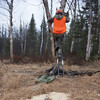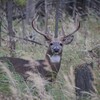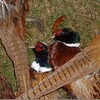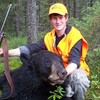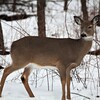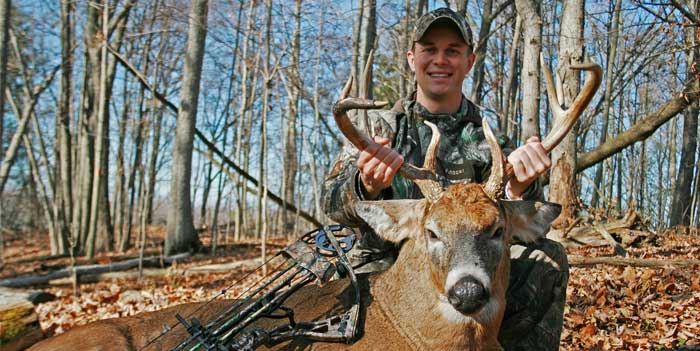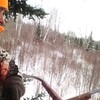
Trail Camera 101
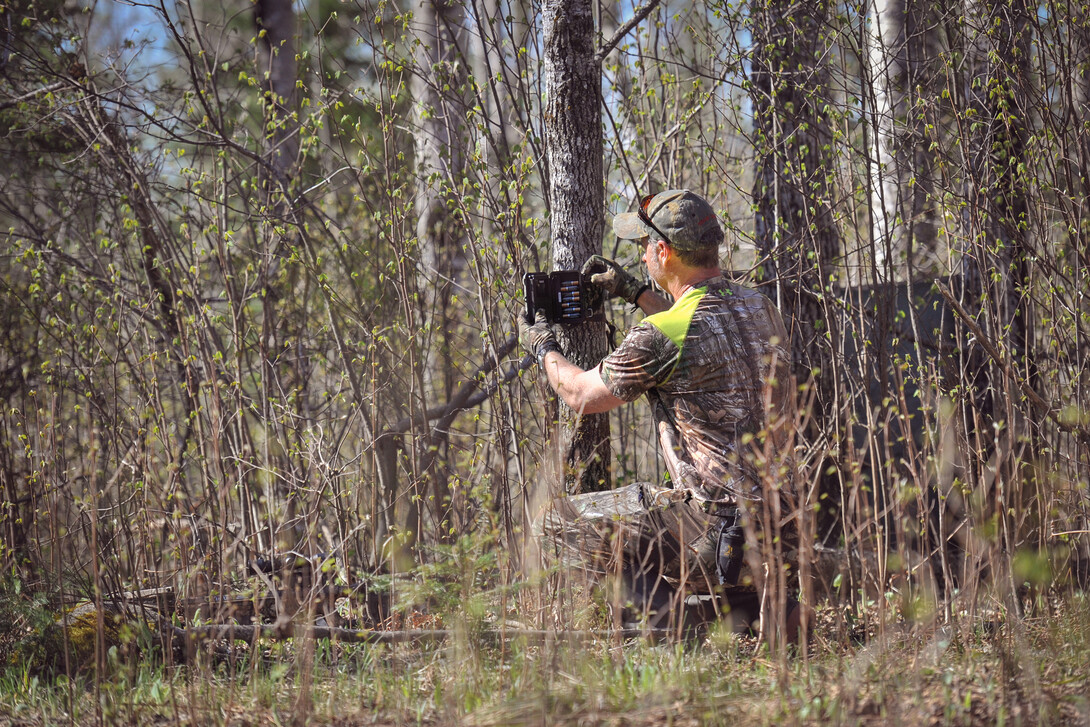
Trail cameras are an incredible tool for the hunter. They are a way to get a glimpse of what is happening in the woods when no humans are around. If you have ever used a trail camera, you know how addictive they can be. If you have never bought a trail cam but are considering one, there are a few things to consider.
Battery Life
Trail cameras can be bought for as little as $80, and some are even less. In the vast majority of cases, cheaper units are powered using C or even D batteries. In cold weather, it may be just days before the units are dead. Some trail cams do allow you to attach an external 12V battery power source, and that can help. These external batteries are bulky and heavy, however. I’ve found trail cameras that use eight AA alkaline batteries to generally be more reliable and better in cold weather.
Flash/InfraRed
When trail cameras first appeared, all but the most expensive models used old-fashioned camera flash for night shots. Today, the opposite is true. Most trail cams now use infrared flash technology. Not having a flash blasting at animals in the middle of the night is a good thing. The infrared flash also won't give away where the camera is to other hunters. Infra-red flash uses less battery power, and the night shots also seem generally better. There are still trail cameras out there that use old-school flash, but they are going the way of the Dodo.
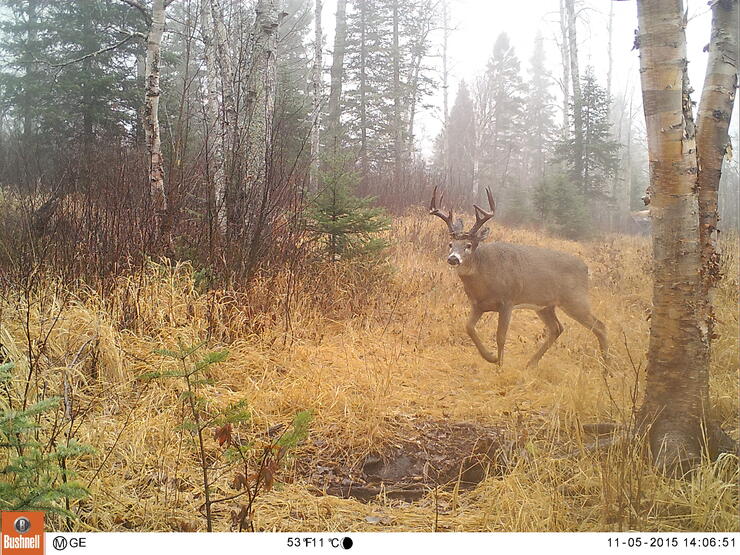
Picture Resolution
The better the resolution of a trail cam, the more money you will spend. Higher pixel counts allow for a larger and more detailed image. Camera resolution is measured in megapixels (mp). So a 12 mp trail camera would be on the high-resolution side, while a 1 or 2 mp resolution would be low. A quality image is usually between 3 and 6 megapixels. Many trail cameras allow you to alter the resolution as well, so you can dial it back or improve it, depending on the situation. Keep the MP count up, however, and you can get some pretty amazing, highly detailed pictures.
Trigger Speed
Faster is better, right? When it comes to trigger speed, that is generally the case. In my experience, this is the main problem with lower-priced trail cams. A slow trigger speed means the animals may be out of the picture before the shutter fires. Or the subject of the picture will be blurry. I’ve seen cameras that will only capture a decent picture if the animal is standing stock still. The faster the trigger speed, the better the chance of capturing a trophy buck dashing by your stand. Once again, many units today allow you to turn up or slow down the trigger speed, depending on the game you are recording.
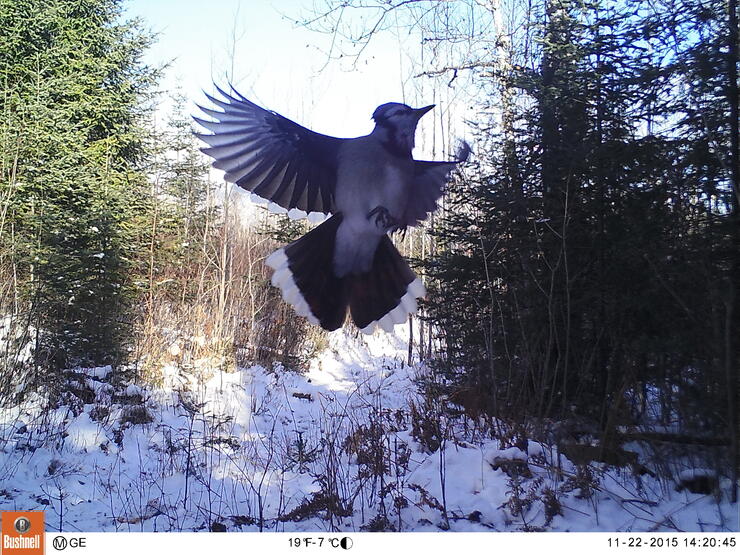
Trail Cam Placement
Most trail cams recommend a range between 10 - 15 feet from the area you want to focus on. While getting the camera back might give you a better view of the entire area -- a field, for instance -- it’s possible you may also end up with a lot of shots of birds, squirrels, waving grass, and the rest
It’s also a good idea to keep the camera as scent-free as you can. Bears will try and eat a camera that has any food smells on it. I’ve had them bite the casing. The nose of a whitetail is so sensitive it can smell even the smallest amount of human odour. A simple pair of gloves will reduce the transfer of smells to a camera when you pull the SD card.
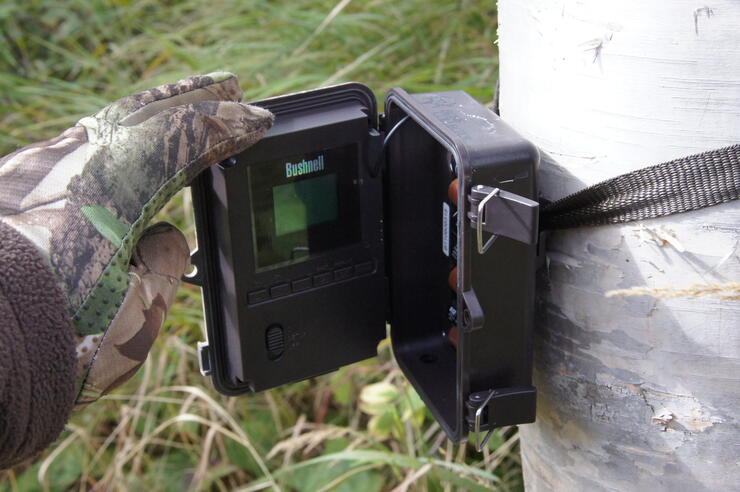
When you check your trail cam, spend as little time as possible in the actual area you’re monitoring. Save the picture browsing for the truck or home computer. This is easier to do thanks to removable SD cards. Carry extra batteries as well, as sooner or later, you will find them dead. Having a trail cam unit with dead batteries is very frustrating but extremely common.
Use a trail cam in one place for long enough, and you will see patterns emerge. You’ll see deer activity increase during the rut and decrease as winter approaches. Since I’ve started using trail cams, there have been pictures of bucks fighting, owls grabbing mice, moose rambling by, and bears sniffing the camera. All very cool stuff.
Trail cameras really do open up the wilderness world in a unique and entertaining way. They can also potentially help you take the moose, bear, or deer of a lifetime.
Recommended Articles

Understanding the Whitetail Rut
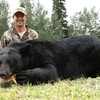
Crossing the Border into Canada
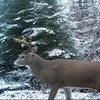
Trophy Deer Hunts in Thunder Bay
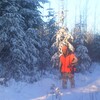
Stalking Late Bucks
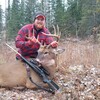
26 Amazing Whitetail Hunting Lodges in Sunset Country
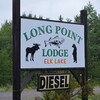
Grousing in Northeastern Ontario
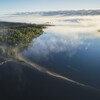
Fly-in Moose Hunting
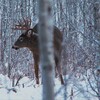
Northwestern Ontario Whitetail Deer Hunt
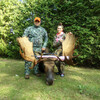
Ontario's Largest Moose by a Female
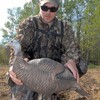
Ontario Turkey
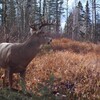
Northwest Deer
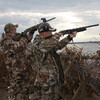
Prince Edward Divers
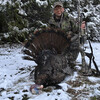
Hunting Turkey
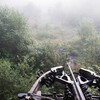
Fall Moose Hunting
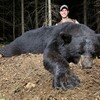
A Bear of a Lifetime
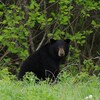
Marten River Bear
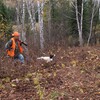
Black Bear Camp
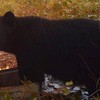
Spring Prospects for Northwestern Ontario Bruins
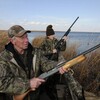
Long Point Bay
